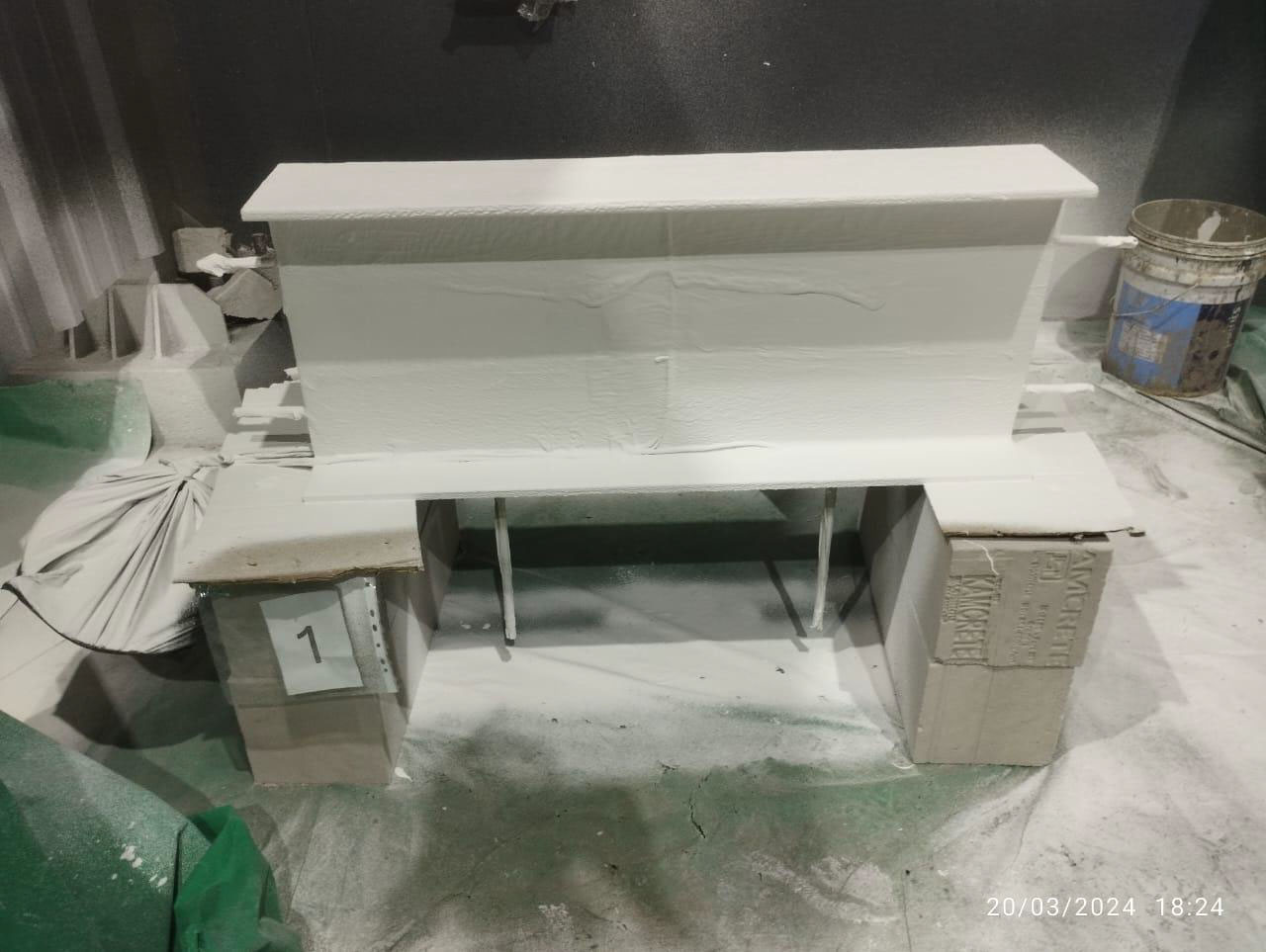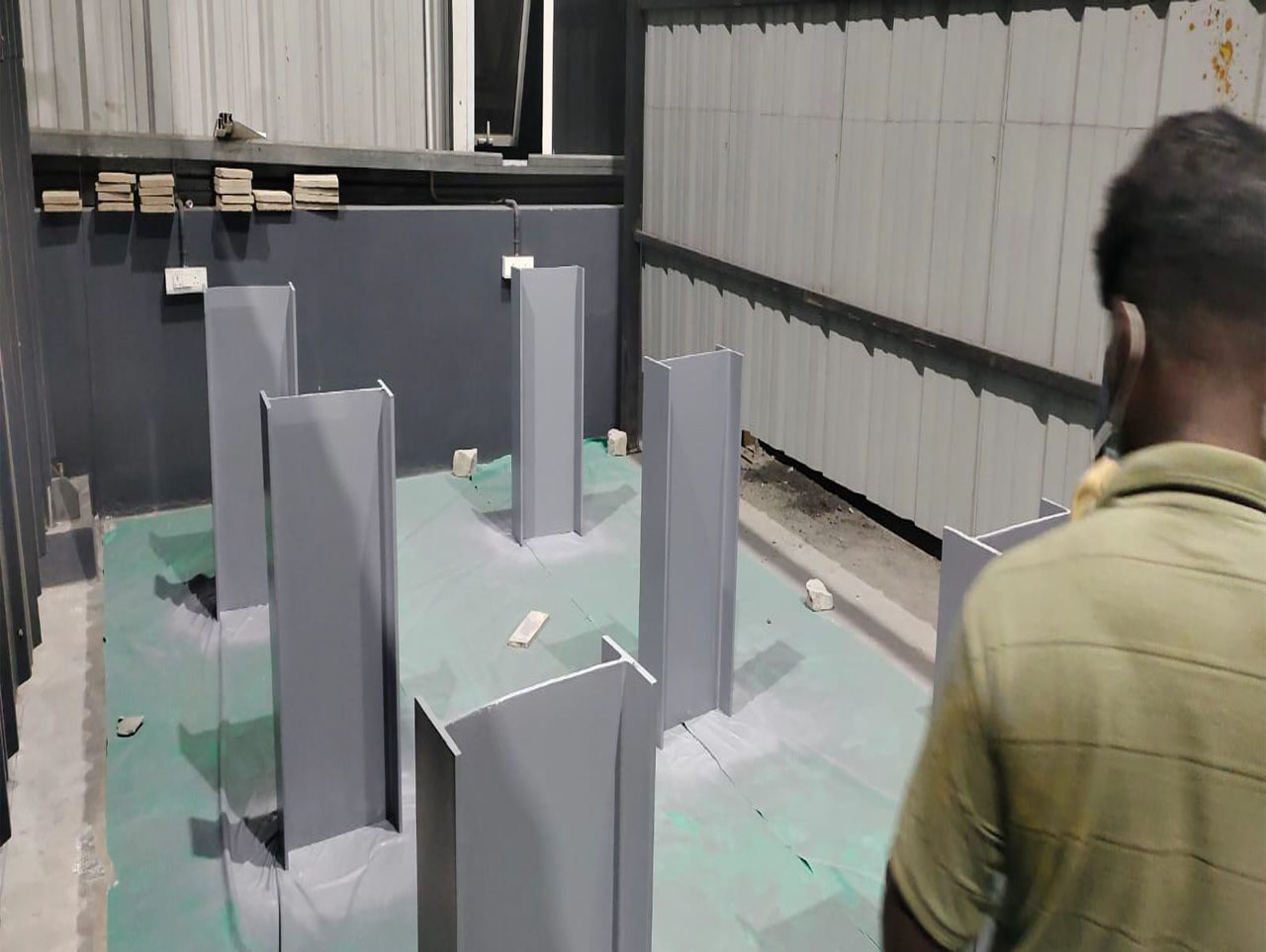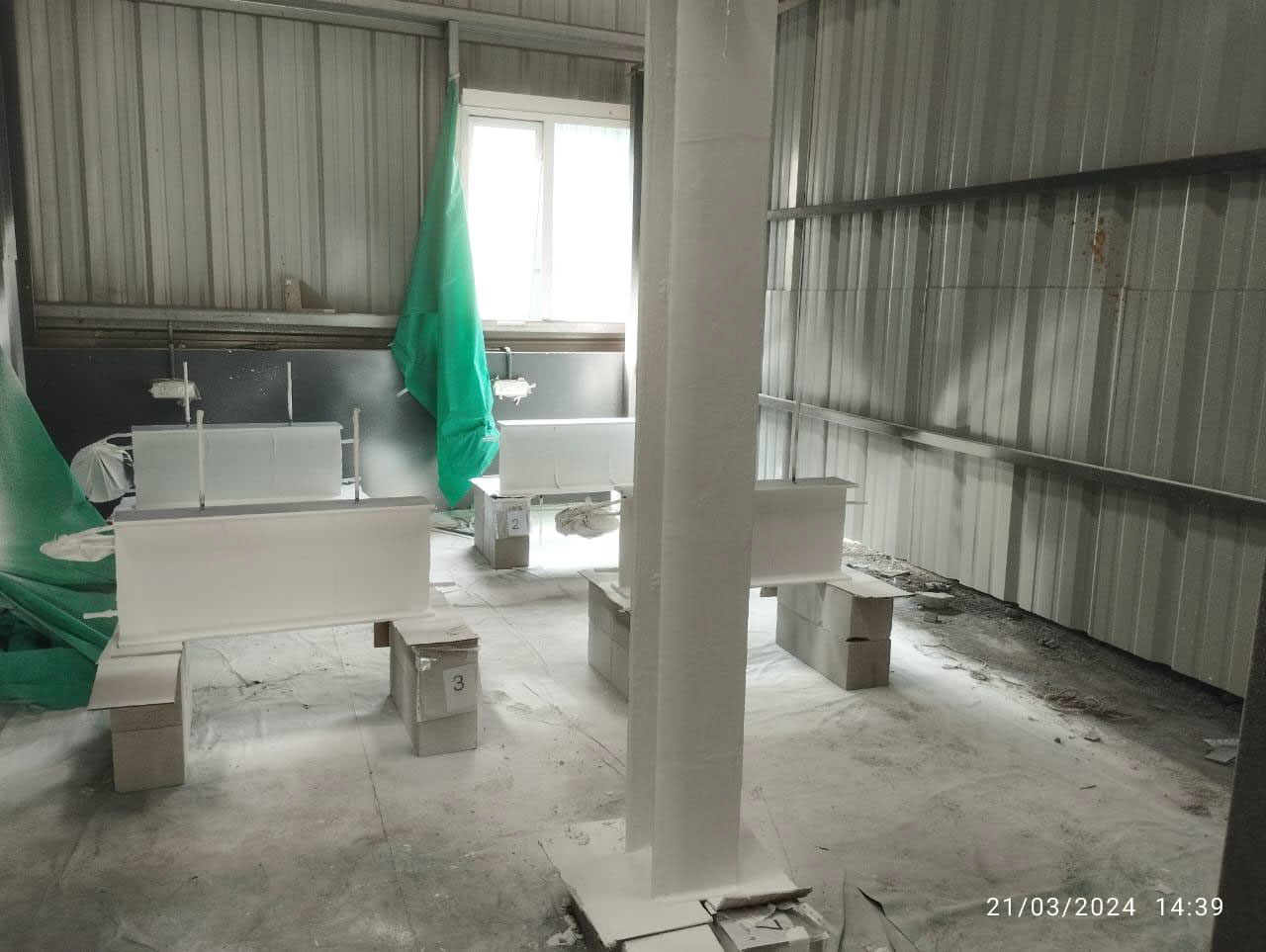The Critical Importance of Fire Resistance Testing for Load-Bearing Horizontal Structures in Buildings
About The Author
Jothi Ramalingam Ponnuswamy is the director of Winwall India Façade Testing Laboratory and Afiti Global Fire Testing Laboratory. He has been associated with the architectural aluminium industry since 1990 as an anodising and powder coating specialist.
Winwall Technology India Pvt Ltd, an ISO 17025 and an NABL performance testing laboratory which also has the facility to test reaction to fire test asper NFPA285 and resistance to fire as per IS 18190 & ASTM 2307.
Under his stewardship, he has created new state of the art laboratory for reaction and resistance to fire tests. The laboratory is completely operational and waiting for its NABL accreditations. The facility is used for testing and research purposes. Currently Afiti has the test facility to test horizontal and vertical samples of various dimensions for its resistance to fire properties.
In recent years, the increasing use of basement spaces for parking, storage, and utilityareas has brought attention to the unique fire risks these spaces pose. One significantconcern is the potential for fire blasts, particularly from electric vehicle (EV) batteries,which can have severe impacts on a building’s structural integrity. Understanding the role of basement fire blasts, their effects on building structures, and the importance of fire-resistant products and solutions is crucial for enhancing safety in modernconstruction.
The Nature of Basement Fire
Basement fire typically refers to intense, sudden fire events that can occur inunderground spaces. These events are often exacerbated by the presence of flammablematerials, limited ventilation, and confined spaces. With the rise of electric vehicles, therisk of fire blasts from EV battery malfunctions has increased, presenting a newchallenge for fire safety.
Characteristics of Basement Fire:
1. High Heat Release Rate: EV battery fires, for example, can release substantial amounts of heat in a short period, creating intense fire conditions.
2. Confined Space Pressure: The confined nature of basements can cause pressure buildup during a fire, leading to explosive conditions.
3. Limited Egress and Ventilation: Basements often have fewer exits and ventilation options, making it harder to evacuate and control fires.
Impact on Building Structure and Integrity
Among the various elements that require rigorous safety measures, load-bearing horizontal structures such as slabs and beams are particularly critical. These components play a fundamental role in maintaining the integrity and stability of a building during a fire.
In the event of a fire, these horizontal structures are subjected to extreme heat, which can compromise their structural integrity. The failure of slabs and beams during a fire can lead to partial or complete collapse of the building, posing significant risks to occupants and emergency responders.
The intense heat and pressure from basement fire can have catastrophic effects on a building’s structural elements, including columns, beams, and slabs. The key impacts include:
1. Thermal Expansion and Weakening: High temperatures cause materials to expand and weaken, compromising their load-bearing capacity. Steel beams and columns, for example, can lose significant strength, leading to potential collapse.
2. Spalling of Concrete: Concrete exposed to intense heat can spall, or crack and flake off, reducing the cross-sectional area and further weakening the structural element.
3. Progressive Collapse: If primary structural elements fail, it can lead to a progressive collapse, where the failure of one component triggers the failure of adjacent components, resulting in extensive structural damage.
4. Smoke and Toxic Fumes: Fires in confined basement areas can produce large amounts of smoke and toxic fumes, which can spread to upper floors, posing health risks and complicating evacuation efforts.
Passive fire protective coatings play a critical role in enhancing the fire resistance of load-bearing slabs and beams within buildings. These coatings are designed to insulate structural elements against the intense heat generated during a fire, thereby maintaining their structural integrity and preventing catastrophic failures.
There are several types of passive fire protective coatings used on structural elements like slabs and beams:
1. Intumescent Coatings: These are reactive coatings that expand when exposed to high temperatures, forming an insulating char layer that protects the underlying material from heat.
2. Cementitious Coatings: These are non-reactive, thick coatings made from cement-based materials that provide thermal insulation through their low thermal conductivity.
3. Spray-Applied Fire Resistive Materials (SFRMs): These are a type of cementitious or fibrous coating applied by spraying, commonly used to protect steel structures.
When fire comes into contact with passive fire protective coatings on slabs and beams, the following behaviors are typically observed:

Intumescent Coatings:
Activation: Upon reaching a certain temperature, usually between 200-300°C, intumescent coatings undergo a chemical reaction that causes them to expand significantly.
Formation of Char Layer: The expansion forms a thick, porous char layer that insulates the underlying structure from heat.
Thermal Protection: The char layer acts as a barrier, slowing down the heat transfer to the structural element. This delay allows the beam or slab to maintain its load-bearing capacity for a longer period during the fire.
Structural Integrity: By preventing the steel from reaching its critical temperature (around 500-600°C), intumescent coatings help maintain the structural integrity of beams and slabs.

Cementitious Coatings:
Heat Absorption: These coatings absorb and distribute heat due to their high heat capacity and low thermal conductivity.
Stable Insulation: Cementitious coatings provide a stable, non-reactive insulating barrier that does not change significantly in volume or structure during a fire.
Protection Against Spalling: In concrete structures, these coatings can reduce the risk of spalling (the breaking off of surface layers due to thermal stress), thus preserving the integrity of slabs and beams.

Spray-Applied Fire Resistive Materials (SFRMs):
Thermal Barrier: SFRMs provide an insulating barrier that reduces heat transfer to the structural elements.
Durability: These materials are designed to adhere strongly to the substrate, ensuring that they remain in place during the fire and continue to provide thermal protection.
Effective for Steel: SFRMs are particularly effective for protecting steel beams and columns, ensuring they retain their load-bearing capacity.

The presence of passive fire protective coatings on slabs and beams significantly enhances the fire resistance of these structural elements. The key impacts include:
1.Extended Fire Resistance Rating: Coated slabs and beams have a higher fire resistance rating, meaning they can withstand fire exposure for a longer duration compared to uncoated elements. This extended time is crucial for safe evacuation and firefighting efforts.
2.Maintained Load-Bearing Capacity: By insulating the structural elements from heat, passive fire protective coatings help maintain their load-bearing capacity, preventing premature collapse.
3.Reduced Risk of Progressive Collapse: Ensuring that key structural elements remain intact during a fire reduces the risk of progressive collapse, where the failure of one element leads to the collapse of others.
4.Enhanced Safety: Overall, the use of passive fire protective coatings contributes to the overall safety of the building, protecting both occupants and property.

To ensure the effectiveness of passive fire protective coatings, it is essential that these products undergo rigorous testing by accredited third-party laboratories. Accredited testing provides several benefits:
1. Verification of Performance: Testing verifies that the coatings perform as expected under standardized fire conditions, providing reliable protection.
2. Compliance with Regulations: Building codes and standards often require specific fire resistance ratings for structural elements. Accredited testing ensures that the coatings meet these legal requirements.
3. Quality Assurance: Regular testing by accredited labs ensures that manufacturers maintain high-quality standards in their products.
4. Market Credibility: Products tested and certified by accredited labs are more credible and trusted by builders, architects, and regulators.
Key Fire Resistance Standards for Load-Bearing Elements
Several international standards guide the fire resistance testing of load-bearing slabs and beams. Some of the most widely recognized include:

Fire resistance testing of load-bearing horizontal structures like slabs and beams is crucial for ensuring the safety and structural integrity of buildings during a fire. These tests verify that the structural elements can withstand high temperatures and maintain their load-bearing capacity, providing essential protection for occupants and property. Accredited third-party laboratories play a vital role in this process, offering impartial, accurate, and standardized testing that meets regulatory requirements and enhances market credibility.
Afiti Global Fire Testing Pvt Ltd is the first private state-of-the-art fire testing facility to test vertical and horizontal products to its resistance to fire properties, in Chennai, India. Our objective is to provide world class services in resistance to fire and reaction to fire tests as per various National and International standards.
